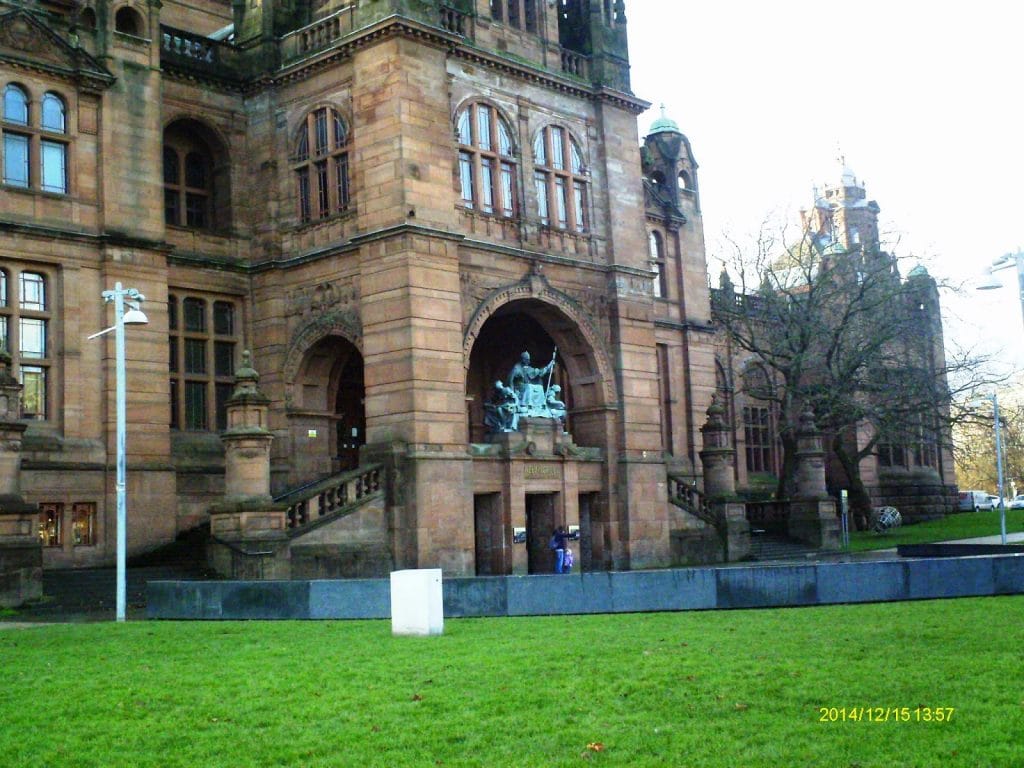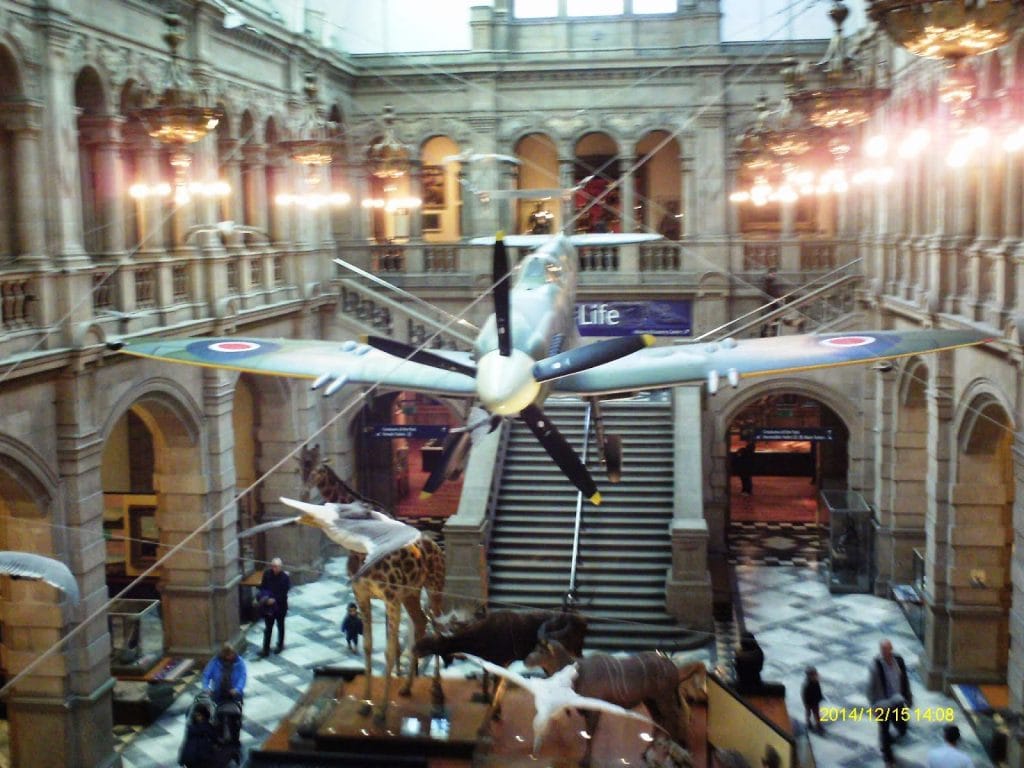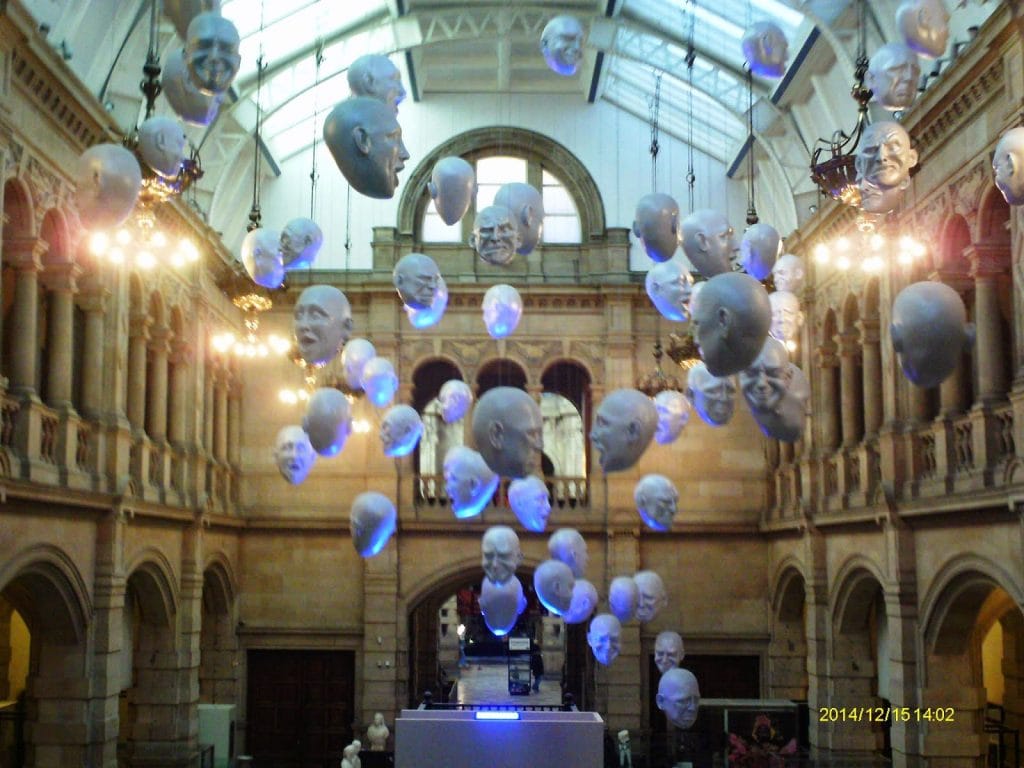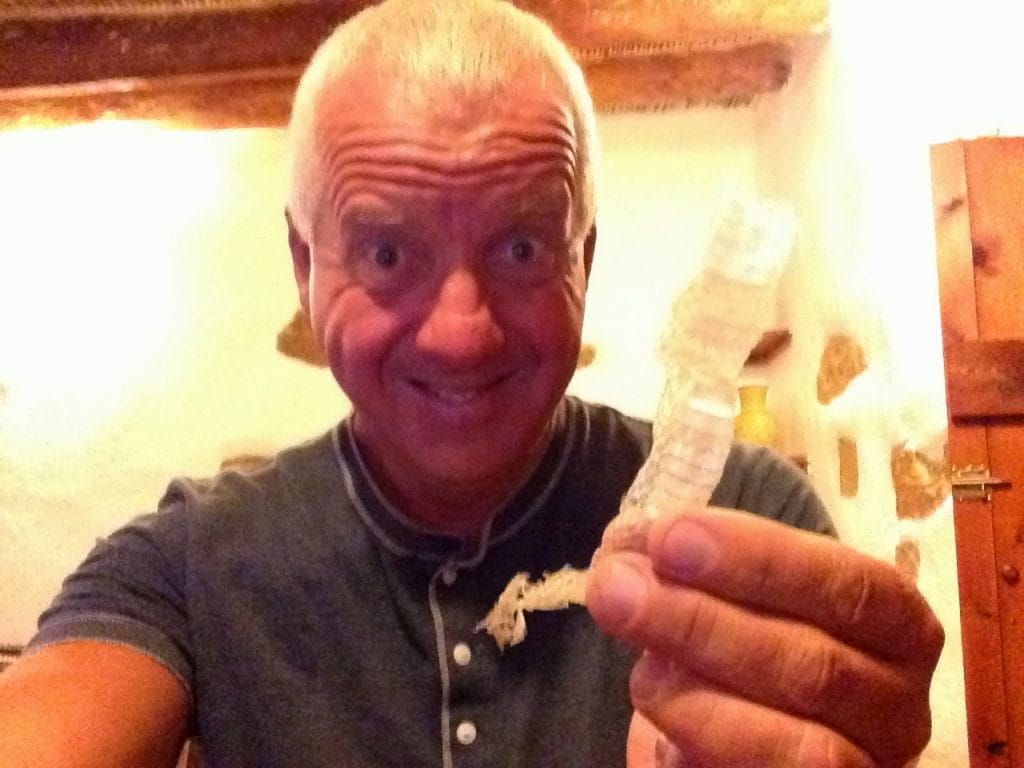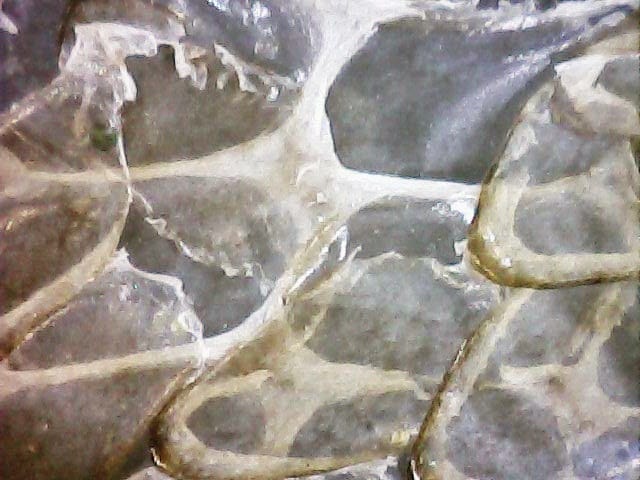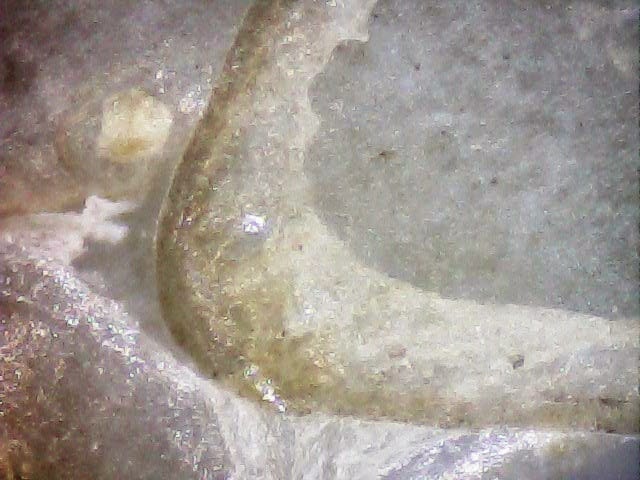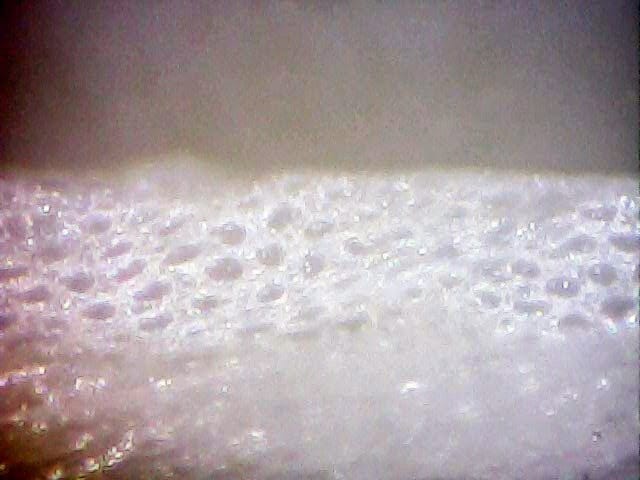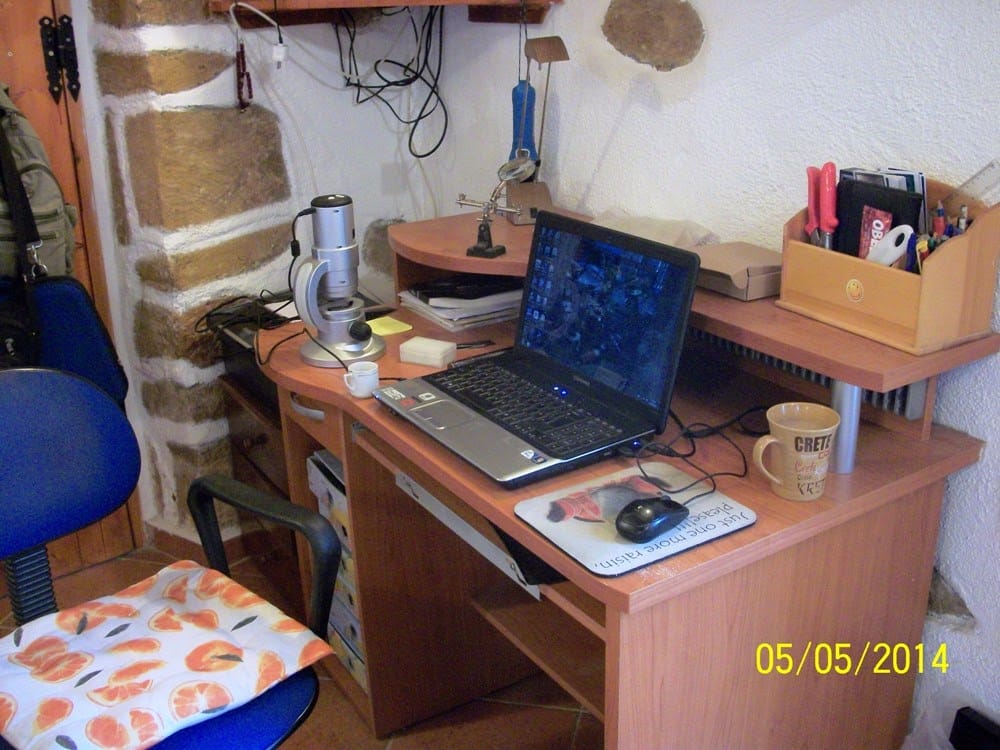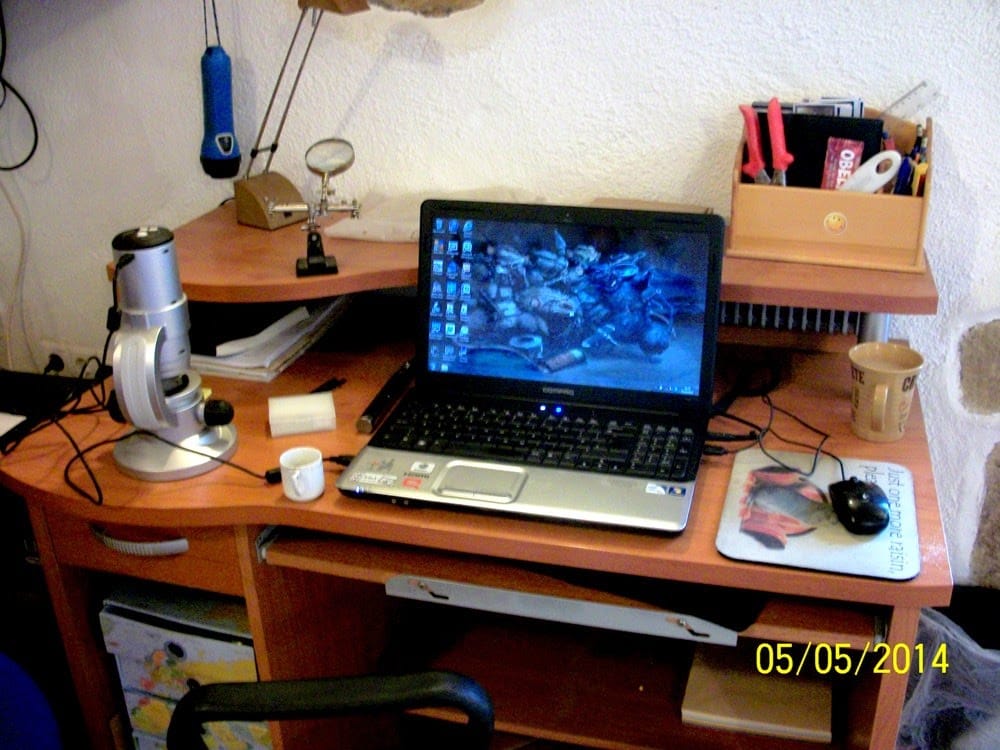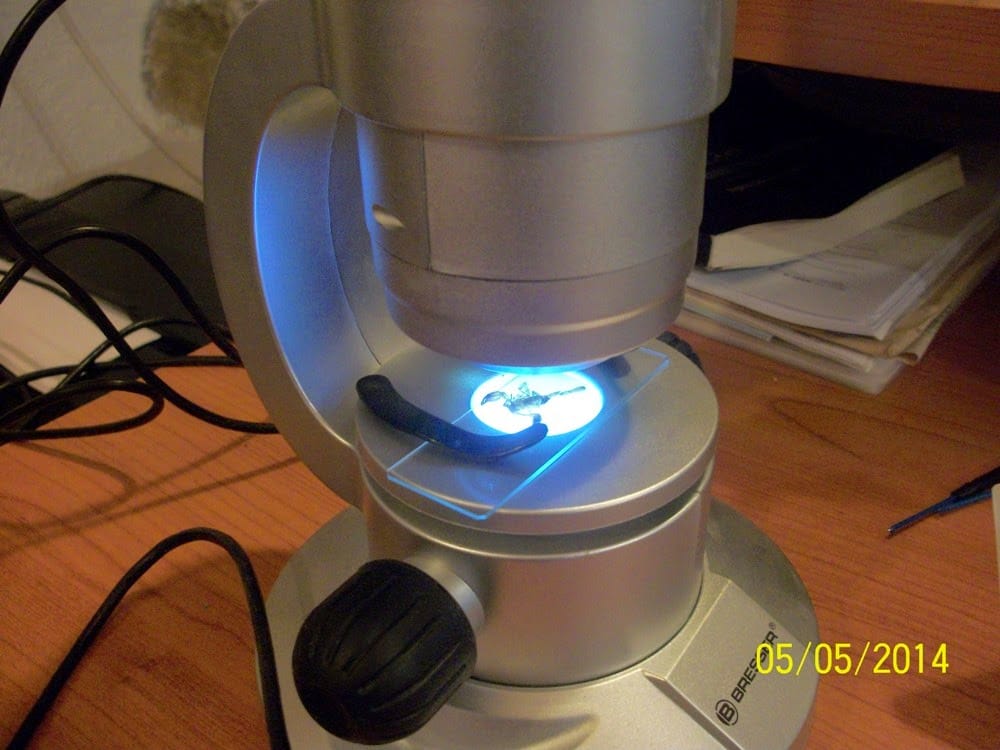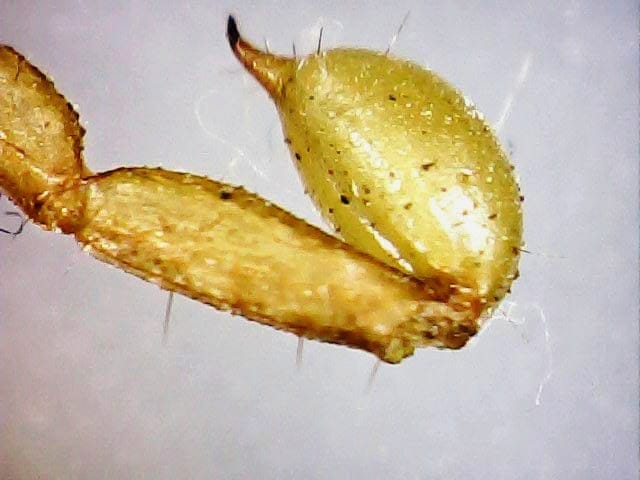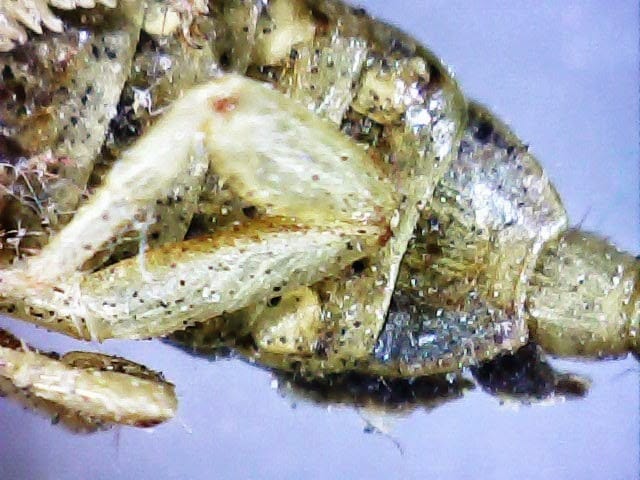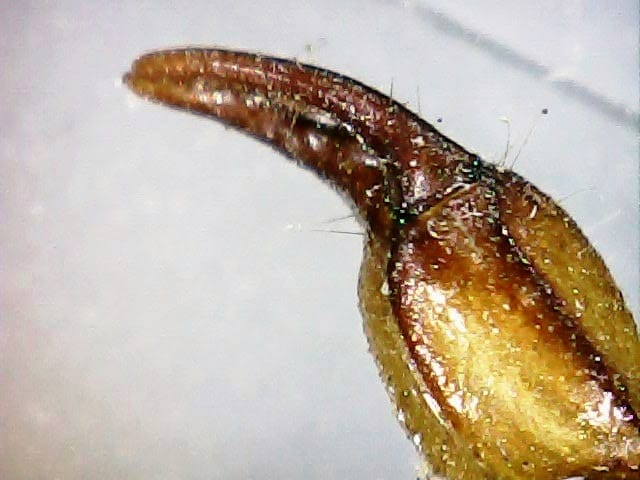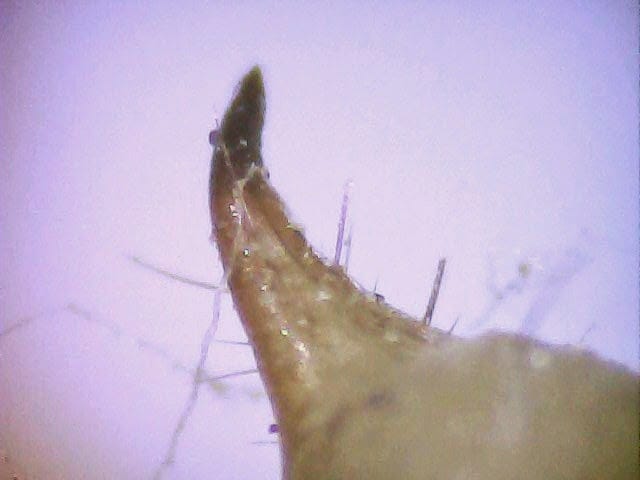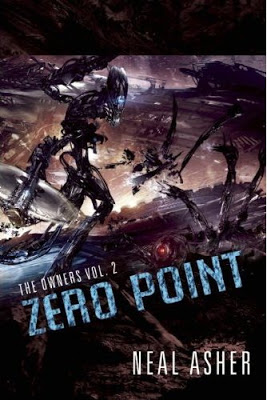Tag: Science
Snakeskin
Snakeskin x20
Fun with a Scorpion
SF Prediction
Anti-Ageing Breakthrough
Cellweld TM
Fountain of Youth?
Super Super-Capacitor
The Super Supercapacitor | Brian Golden Davis from Focus Forward Films on Vimeo.
What if you could charge your phone, tablet, or laptop in 30 seconds and have it work all day long? That’s the promise presented in a short film titled The Super Supercapacitor that profiles the work of UCLA inorganic chemistry professor Ric Kaner, whose research focused on conductive polymers and next generation materials.
Zero Point USA
Update
Jeremy Lassen informs me: That was an early version of the cover that made it into the wild before we fixed the plural thing. The actual books are right, and the incorrect version currently at amazon is hopefully being overwritten this week.
Night Shade Books are publishing The Owner Trilogy in the US and have scheduled The Departure for publication Feb 5, 2013 with Zero Point following May 7, 2013 and Jupiter War September 3, 2013 (catching up with publication of that last book in Britain). Nicely keying into that my short story The Other Gun will be appearing in Asimov’s April/May issue that year with, of course, mention of these books in attached biog. It should be an interesting year with those three books slamming into the American market in rapid succession. In essence this should work as quite a profile-raising exercise.
Meanwhile here’s a Walker of Worlds review of the book:
Hair Cell Regeneration
This is the kind of article that undermines my usual pessimism.











